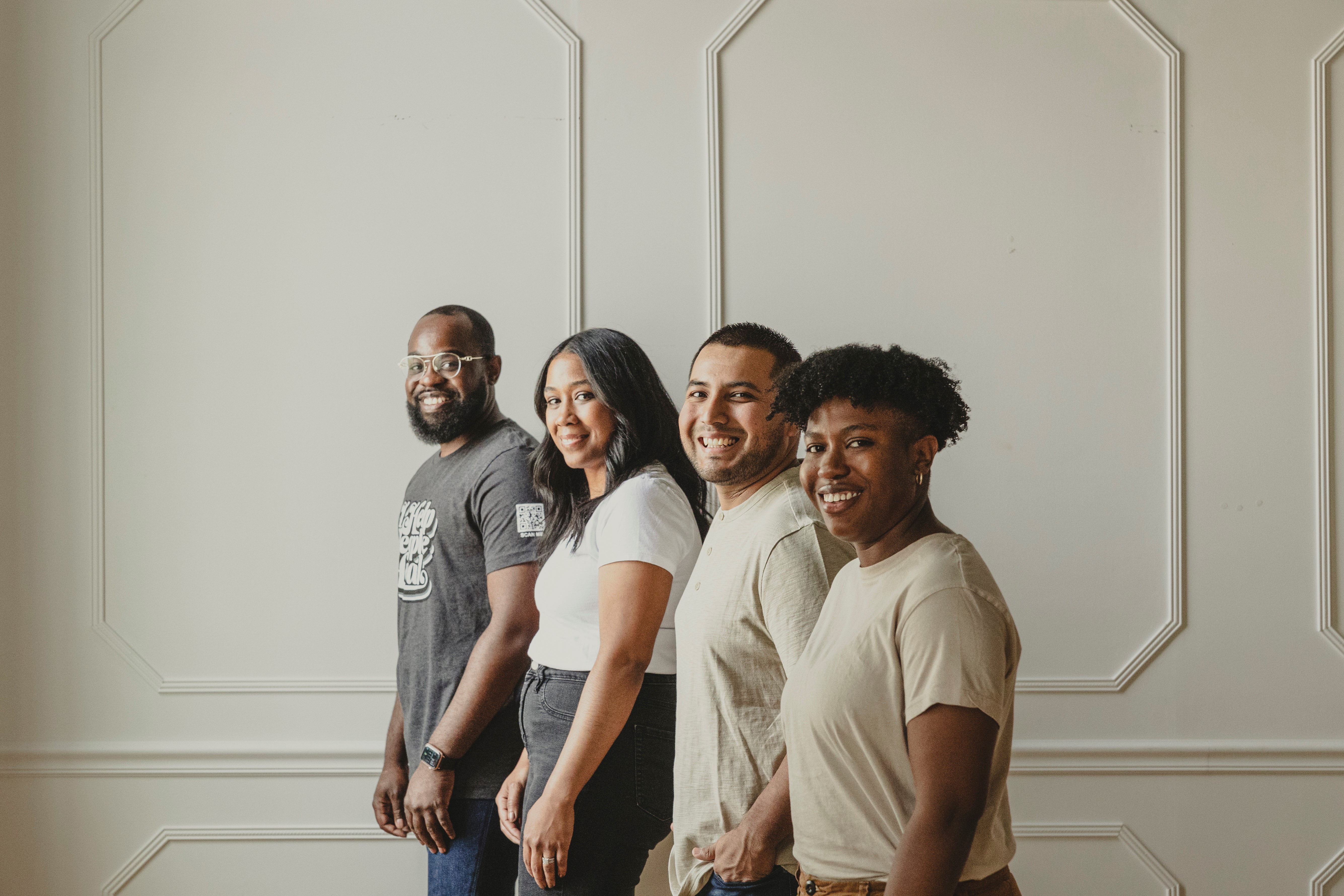
4 minute read
Investments in Wellness
As winter finally ebbs into spring, conversations about wellness and self-care continue to be top of mind. Grand Rapids Community Foundation has been exploring what it means to invest in wellness with a renewed focus. What does it mean to support wellness in our community on a deeper, more systemic level? How can we operationalize these efforts through internal practices? What does it look like to view wellness through our focus on racial, social and economic justice? How do we create more caring and trusted relationships with our partners?
Our community is clear that wellness, including mental health support and spaces for belonging, is a top need. In their last Needs Assessment Survey, our Youth Grant Committee found their peers identifying mental health issues and body image issues among the top sources of stress and worry for students in Kent County. Mental health, wellness and access to healthcare were among the topics discussed during our 2022 community listening sessions with our Black Legacy, Somos Comunidad and Our LGBTQ funds, as well. And, as COVID-19 pandemic effects and subsequent isolation continue to reveal themselves, well-being remains a critical need.
Wellness In Action
We are grateful to partner with local nonprofits that are leading the way in realizing efforts to increase our community wellness. Examples from 2023 include Power to the People 616, which received a grant award from our Fund for Community Good. The grant supports a collective of women of color to facilitate healing in our community through curated programming that centers radical rest and joy. Another FFCG grant went to Grand Rapids Community Work Men's Breakfast & Family Engagement to provide safe spaces for Black men in West Michigan to grow strong mentally while increasing support systems through fellowship and being celebrated. The work extends beyond our unrestricted resources. Respite for Wives and the HUNT Chapter are examples of organizations supported through our Black Legacy Fund. They are supporting trauma response and mental health programming for women and teens of color. These represent just a few of the many organizations doing incredible work to support individuals and families in our community.
Wellness is essential for service providers as well as those receiving care. Compassion fatigue and burnout are real concerns facing the nonprofit workforce right now. Constant stress and anxiety stretch the limits of emotional bandwidth. While we have used grant and sponsorship dollars to support projects investing in local nonprofit leaders, we knew that we could operationalize a focus on wellness into our own processes.
Compassion fatigue and burnout are real concerns facing the nonprofit workforce right now. Constant stress and anxiety stretch the limits of emotional bandwidth.
The Community Foundation has been exploring many ways to reduce stress and anxiety in our relationships with grantseekers, especially for leaders of color. We considered having a separate set of funds for wellness grants, but quickly adapted to holistically embed wellness into our process. This shift represented a change from funding one-time, individual wellness activities into strategies that would impact organizations as a whole. This wider view on wellness aligns with the Community Foundation’s focus on supporting the nonprofit ecosystem. Based on feedback from community leaders, we have changed our grant application processes to be less extractive and more relationally based. These adaptations included shifts to the questions, guidelines and general relationship building with nonprofit partners. To relieve stress on nonprofit leaders, we have increased our support for general operations, organizational wellness practices and leadership development—areas that historically have difficulty receiving funding unless tied to a specific project.
Looking Inside
The Community Foundation knows that it also needs to look internally to find ways to address the wellness of our staff and organization. Like most organizations, our team has learned a lot during COVID-19 about evolving workplace expectations. Our office currently operates in a hybrid work model with “No Meeting Fridays” as an acknowledgement of the burnout and emotional strain that comes with individuals working to advance racial, social and economic justice. We tested out a Wellness Break—one week off for all staff last summer— to create space for rest in our year. Our human resources team recently updated our Culture Guide to emphasize the value placed on every person working for the Community Foundation. We still have much to learn, but an introspective look at our own culture and practices will help us keep finding ways to reduce harm and increase wellness throughout our partnerships and community.








